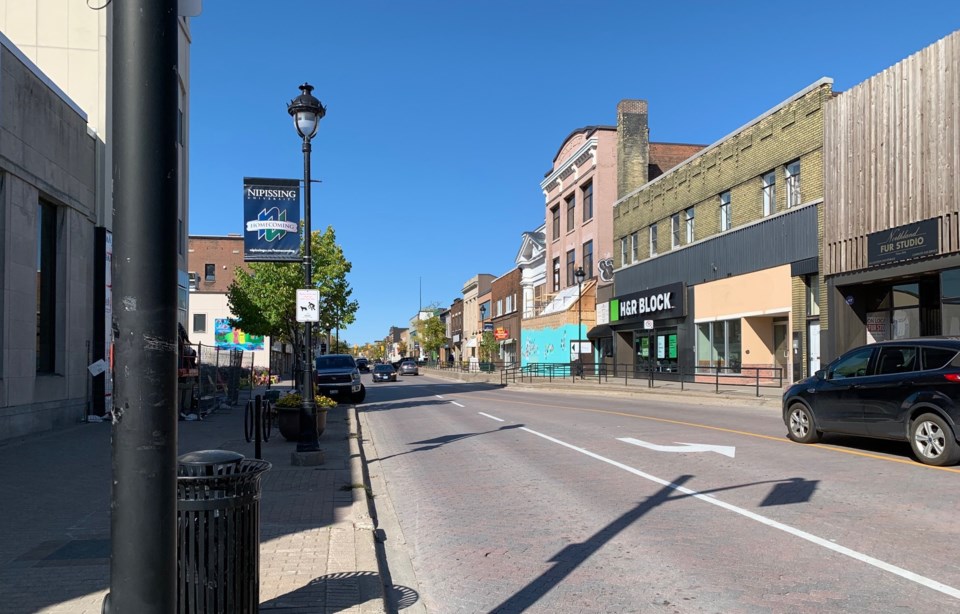Will the federal government meet its 2020 target of 341,000 new immigrants?
As the COVID-19 pandemic drags on, the answer is, not likely.
Bloomberg reporters Kait Bolongaro and Shelly Hagan note it was March 12 when federal Immigration Minister Marco Mendicino announced plans to increase immigration levels over the next three years due to labour shortages. The very next day parliament was suspended due to the pandemic.
Last year Canada welcomed 437,000 new residents, a figure that includes almost 200,000 temporary students and workers plus asylum seekers. At 1.4 per cent, Canada’s population growth was double that of the U.S., under isolationist President Donald Trump.
Right now our borders are closed to most non-Canadians or permanent residents. Immigration applications are still being processed, but new immigrants, students, and temporary workers are barred for now, with the exception of seasonal agricultural workers.
Mendicino’s immigration targets tabled March 12 were 351,000 for 2021 and 361,000 for 2022. They may be scaled back as unemployment rises due to the pandemic. It will all depend on how quickly our economy returns to growth mode.
While immigration has traditionally been a federal program, the rise of provincial nominee programs over the past number of years has given some powers to the provinces. Every province and territory has a program, except Nunavut and Québec. Québec has its own arrangement with the federal government, The Canada-Québec Accord.
But municipalities are now getting involved as well. North Bay is one of 11 municipalities from Ontario west that is part of the new Rural and Northern Immigration Pilot. It is a modest program, with a target of only 100 people and their families per municipality in this, the first year.
The original target was 250 and municipalities hope it reverts to that in year two of the five-year pilot. Those going to the 11 municipalities will be part of the national total for Canada, whatever it may turn out to be.
Blogger Andrew Griffith, a former executive with Immigration, Refugees and Citizenship Canada, predicts any downward revision on immigration levels will be temporary. He notes former prime minister Stephen Harper and then-immigration minister Jason Kenney did not cut immigration right after the 2008 recession due to the longer-term demographic needs for immigration.
I expect the same logic to prevail now.
Canada needs immigration on a large scale. The Rural and Northern Immigration Pilot and the Atlantic Immigration Pilot that preceded it, are attempts to spread the benefits of immigration to smaller centres. Montréal, Toronto and Vancouver have been getting much more than their fair share.
My last column was about whether or not North Bay is growing. Some don’t want to see growth. I guess they don’t want help in sharing the municipal tax burden, or want to see businesses close when their owners retire. It must be comforting to live with your head in the sand, but it’s time to face the economic facts. We need to grow and immigration is the key to growth. And, don’t you think the city could use more diversity?
I know Patti Carr, Peter Chirico and Sue Adams at the North Bay & District Chamber of Commerce are frustrated with the delay in launching the new immigration program. I would be, too. The federal government was slow off the mark in negotiating and signing the Memoranda of Understanding with the 11 municipalities, and, unfortunately, North Bay is in the last group to launch.
But, launch it will. We just don’t know when.
When the time comes and more immigrants begin to arrive, I am confident they will be welcomed and accepted. North Bay has the longest-running International Day for the Elimination of Racial Discrimination project in Canada, starting in 1989. I am very proud to be its cofounder, along with Deborah Geddes, who was a Nipissing University student in Gary Gould’s social welfare class.
It includes anti-racism education in the schools, an anti-racism poster contest, the Evening of Applause and the Nipissing District Human Rights Hall of Fame Awards. It is warmly embraced by all four school boards, Canadore College and Nipissing University, and coordinated by the Local Immigration Partnership project at the North Bay & District Multicultural Centre. The Evening of Applause attracts approximately 300 people each year and is re-broadcast numerous times on YourTV.
Doing the math, 300 multiplied by 31 years (it missed this year due to the pandemic) is 9,300 people. Add all those who watched on Cogeco and all the students involved in the program who did not attend, and you have the bulk of our population being exposed to a strong message of inclusion.
This project, and the fact we have a strong immigrant settlement agency, supported the successful bid by the Chamber and partners to secure the Rural and Northern Immigration Pilot. We all need to support this new initiative and welcome the newcomers.
Don Curry is a Regulated Canadian Immigration Consultant living in North Bay.
This column originally appeared on BayToday.ca.



